Highlights of our interns’ experience of hands-on fieldwork and community connections
Each summer, CTNC welcomes interns from Duke University to play a role in land protection and community resilience work. The Stanback Fellowship Program is a collaborative initiative linking the Nicholas School of the Environment with nonprofit environmental organizations. This summer, Victoria Thompson and Sam St. Lawrence joined CTNC through the program.
Victoria worked on the Land Protection team as a Land Protection Assistant. Sam worked on the Resilience team as a Market Research Fellow. Both fellows provided a valuable role in developing new ideas and building CTNC’s capacity to continue our conservation mission.
Victoria Thompson, Land Protection Assistant
Throughout the summer, Victoria gained hands-on experience with the ins and outs of land conservation across the state. Over the course of her time with CTNC, she monitored 36 protected properties spread across 17 counties.
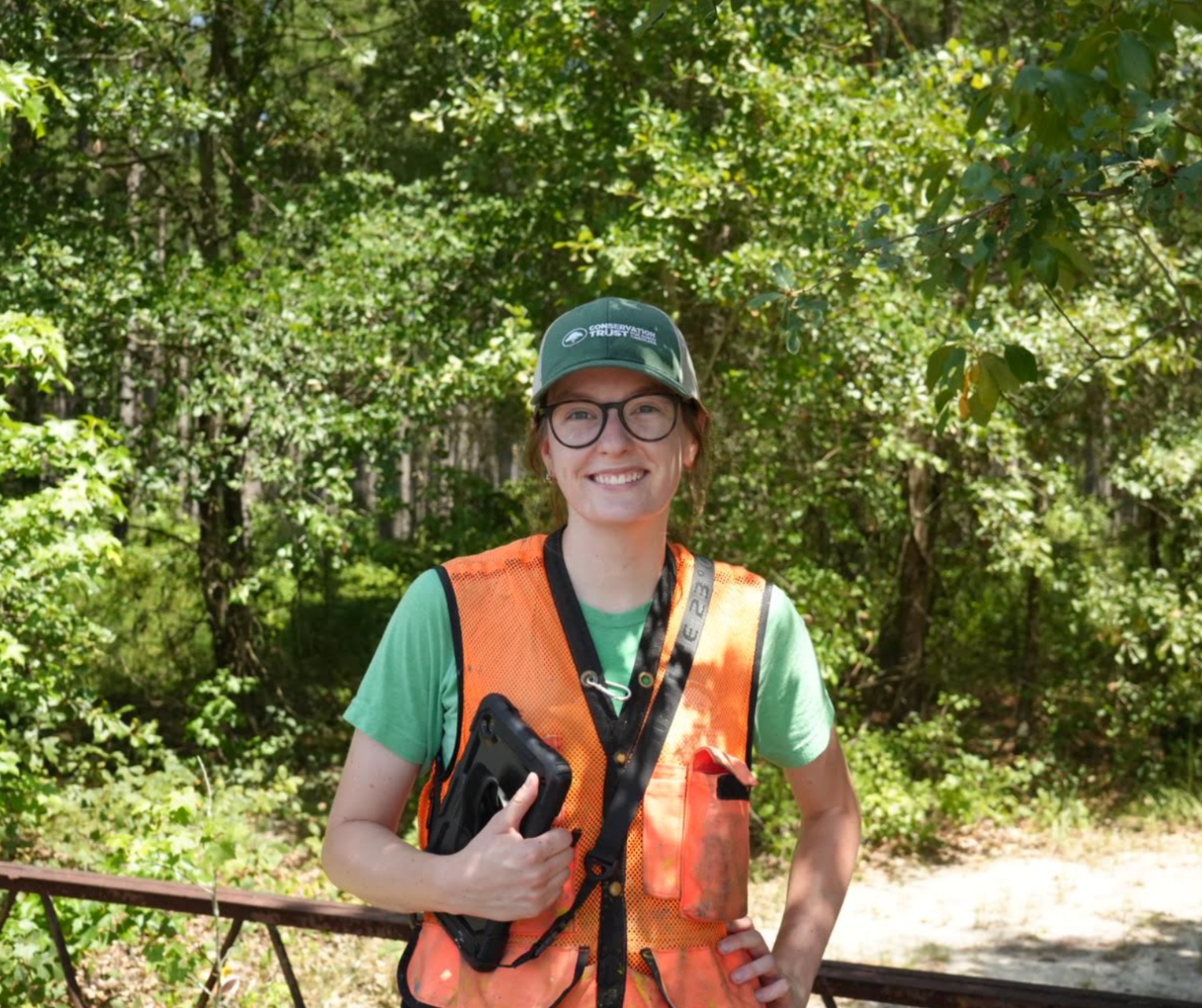
One property that left a lasting impression on Victoria was the Orchard at Altapass, a historic site along the Blue Ridge Parkway. Once at risk of being lost to development, the orchard was preserved through conservation efforts and now thrives as both a working orchard and a community hub. Victoria recalled a memorable day spent helping post NC Land and Water Fund boundaries with a colleague before enjoying the community-centered offerings of the orchard. For her, the orchard symbolized the long-term value and joy that conservation can bring to both landscapes and people.
Her biggest takeaway from the position was the complexity and collaborative nature of land conservation. Every project involves a web of ecological, legal, financial, and interpersonal components. Watching the CTNC team bring those elements together helped her understand the diverse skillset land trust professionals must possess.

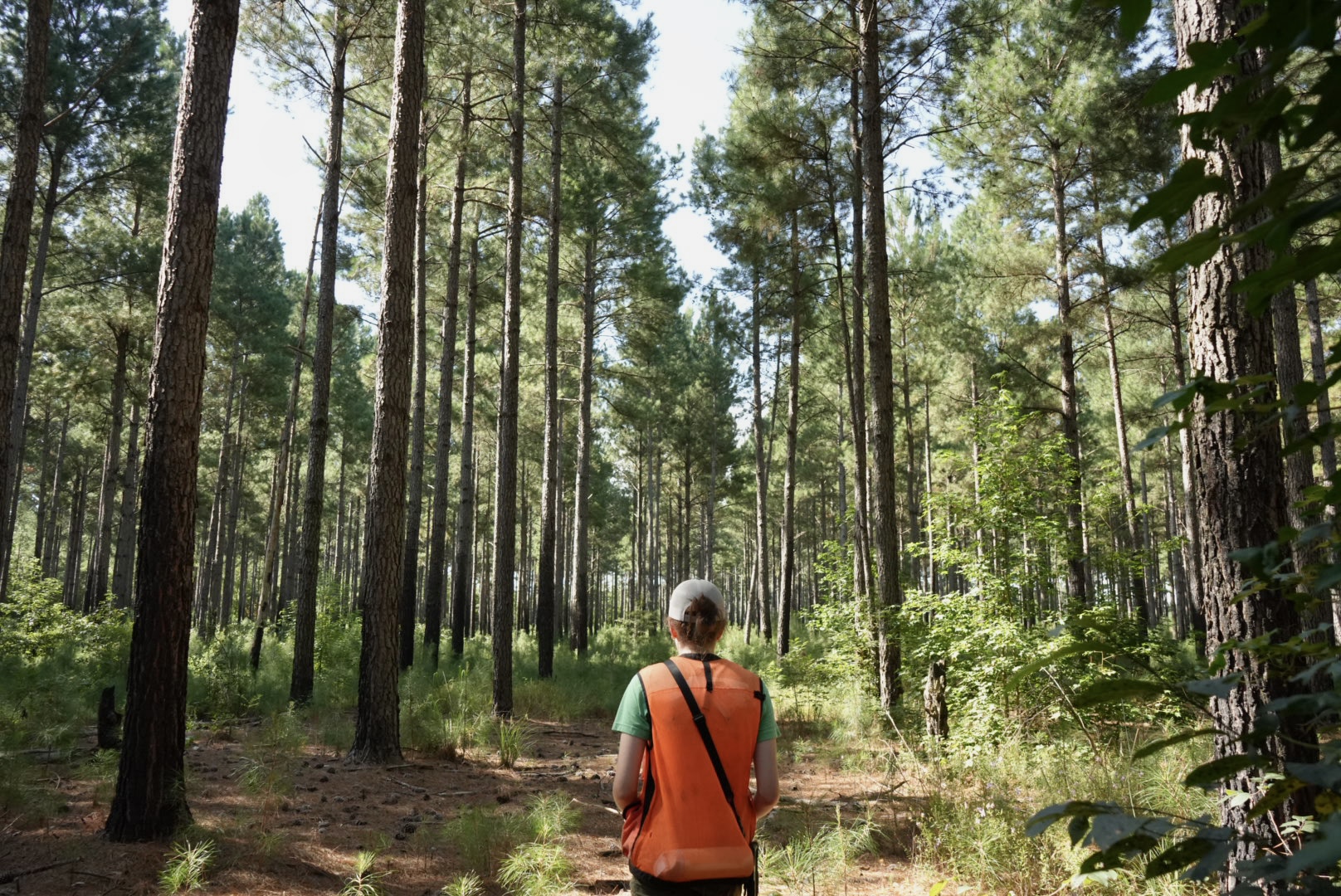

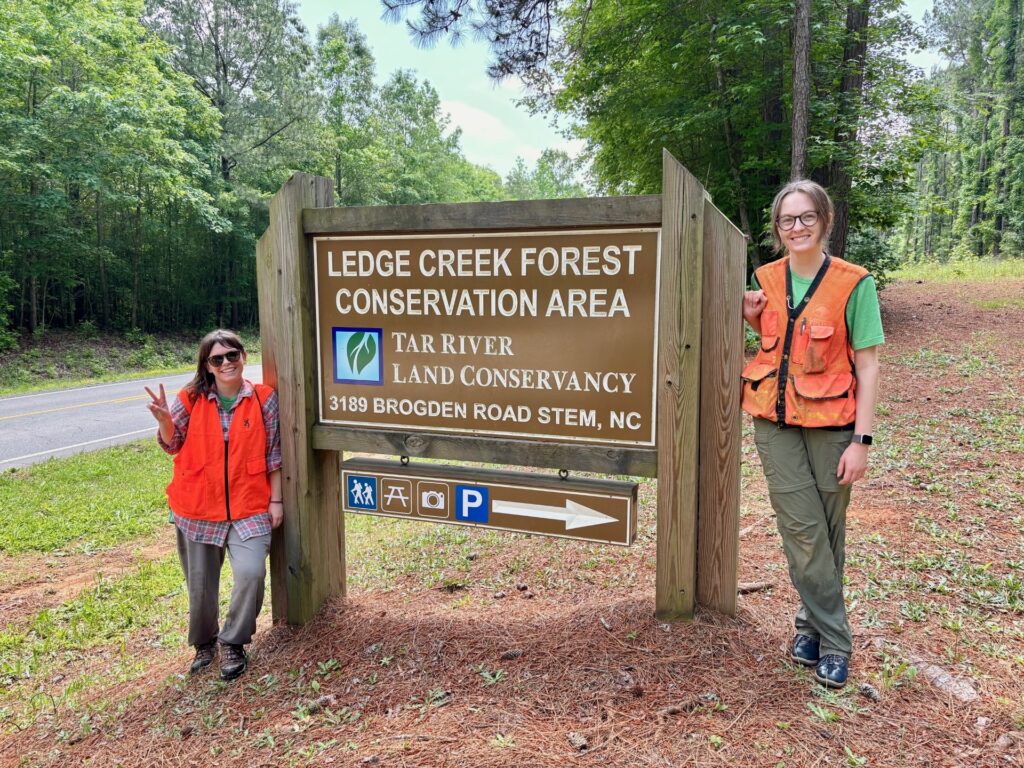

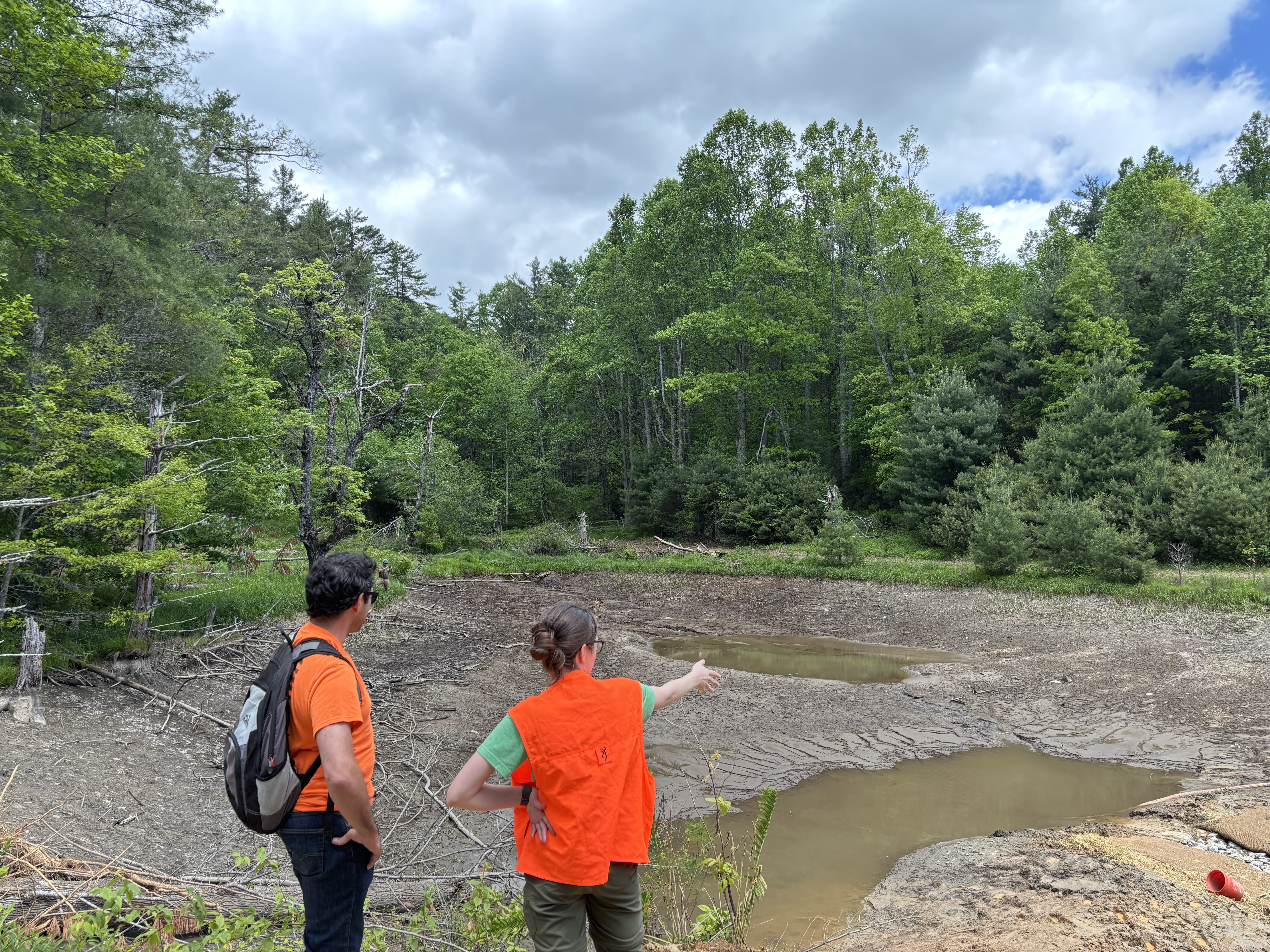
While she expected to focus primarily on field work monitoring properties and GIS mapping, she quickly learned that relationships with landowners, conservation partners, and community members are at the heart of successful land protection. The experience not only affirmed her desire to pursue a career in conservation but also showed her that she was capable of meeting the demands of that path.
Sam St. Lawrence, Market Research Fellow
Over the summer, Sam joined as the first Stanback Fellow of her kind at CTNC. With the role of Market Research Fellow, Sam saw the position as an opportunity to bring her love for numbers and research into a new field while also learning more about North Carolina beyond the region she calls home.
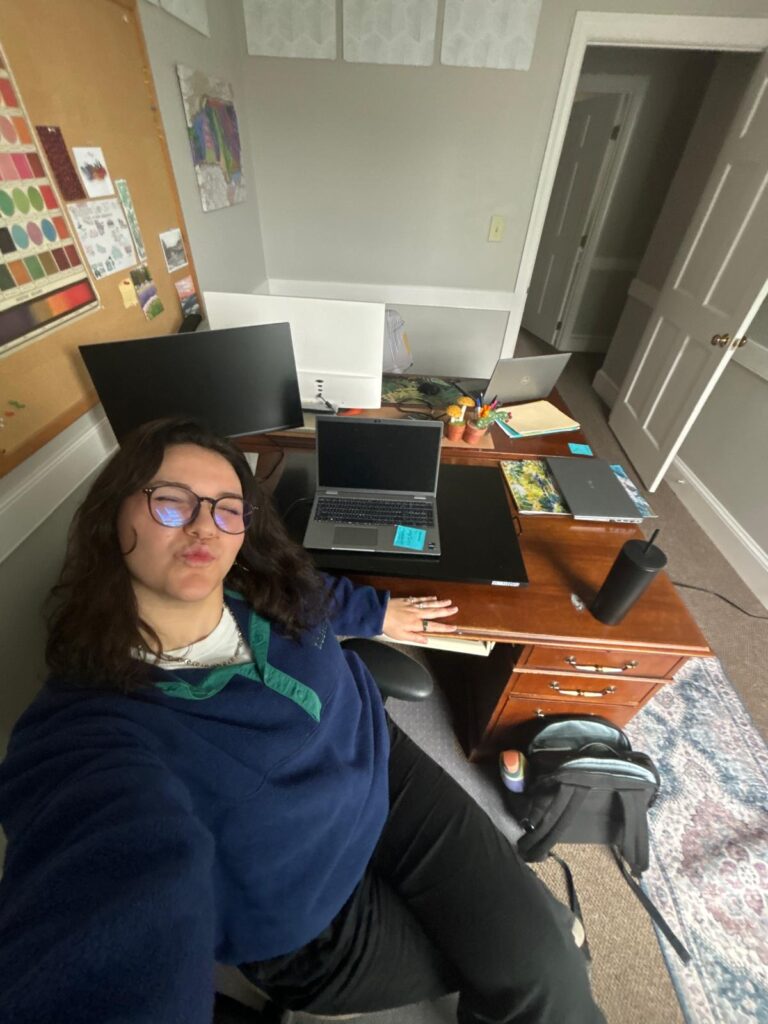
Sam’s work focused on compiling and analyzing internal CTNC documents alongside publicly available data from current and potential partners. Her research painted a detailed picture of CTNC’s partnerships and opportunities for growth in community resilience work. One insight that stood out was the potential for stronger regional collaboration. While some areas of the state have already embraced cooperative resilience projects, Sam believes there’s room for more interconnected efforts and statewide solidarity, especially as climate impacts increasingly affect communities across the state.
When it comes to addressing climate change, Sam sees community-driven solutions as inherently flexible and rooted in local needs. Whether it’s a community garden, increasing public green space, or car-free zones, the key is listening to and incorporating ongoing feedback from the people most affected.
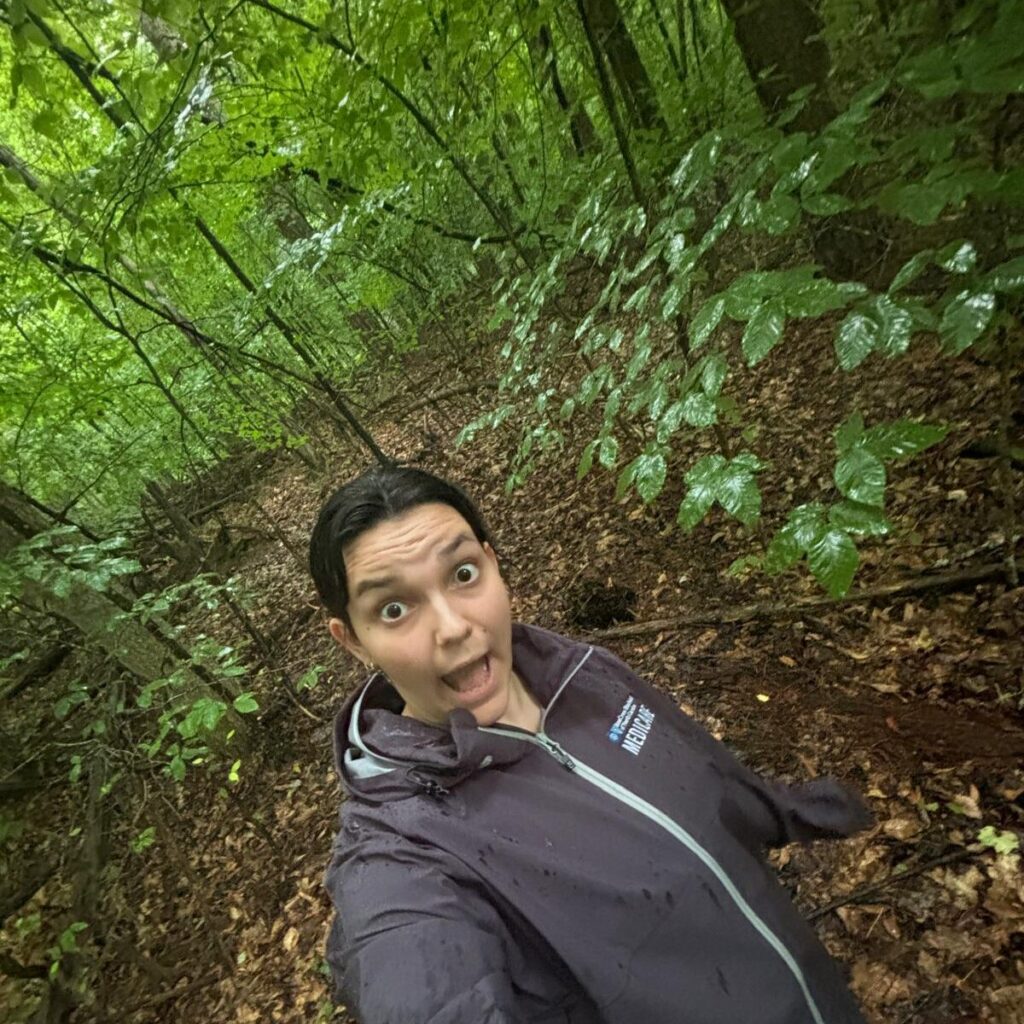
Sam’s biggest personal takeaway was learning to balance the analytical side with the humanistic aspects. Initially inclined to focus solely on numerical data, she challenged herself to also understand the personal connections and mission alignment between CTNC and its partners. This broader perspective not only enriched her research but also revealed the non-quantifiable value that some partnerships provide.
Year after year, our Stanback Fellows add new perspectives, ideas, and skills to enhance our work and uphold CTNC’s mission. Victoria and Sam’s contributions this year are a testament to how young professionals can both learn from and strengthen land protection and community resilience initiatives. By welcoming these emerging leaders, we not only expand our capacity to serve North Carolina’s people and landscapes but also invest in the next generation of conservationists.

